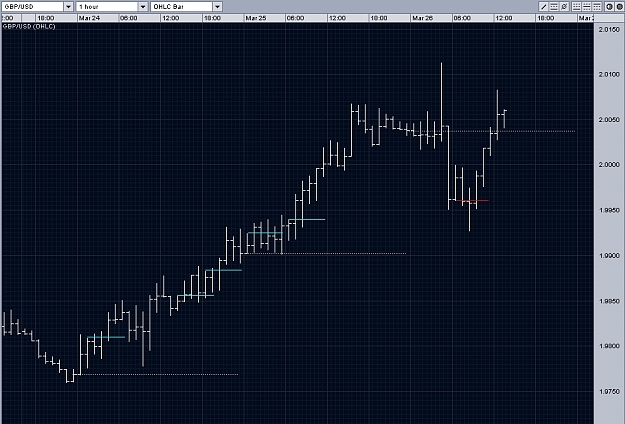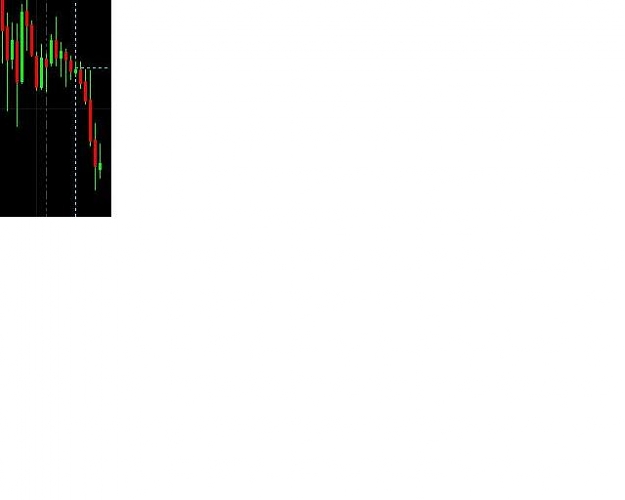This is a continuation of the DIBS Method which was started at the
No Free Lunch but all the coffee you can drink thread.
http://www.forexfactory.com/showthread.php?t=56907
The bottom of the page is all of Peter's posts, thanks to doubletop.
It is a must to read and study the above thread to be current with this thread.
I would like to thank NowAndLater for putting this together.
Opening time
I think MPP sums it up nicely:
0600GMT is always 0600GMT. GMT and UTC never move all other times are +/- of GMT/UTC. ie london is currently GMT+1, your broker times are set to a GMT time and never change. BST, DST and EST change at differrent times so can be confusing.
I believe PC uses 0600GMT at all times, this way he can set his charts up get used to where the 0600gmt open is and forget about the confusion of BST EST and so on.
Peter:
"I use 00:00 CST or 06:00 GMT as my open. Believe me, if you are off 1 hour due to Daylight Savings time it is not going to be a problem."
NowAndLater's great post:
http://www.forexfactory.com/showpost...&postcount=679
Thanks ozziedave:
The one constant in this equation is that 6:00 GMT never changes. The variables in the equation are your time zone, if you have daylight savings time and what your brokers time feed is. As I see it there are 3 possibilities for setting your start of day time.
The one constant in this equation is that 6:00 GMT never changes. The variables in the equation are your time zone, if you have daylight savings time and what your brokers time feed is. As I see it there are 3 possibilities for setting your start of day time.
1. Just find out what time on your trading platform corresponds to 6:00 GMT and adjust your start of day time on your trading platfoorm to reflect 6:00GMT.
2. Change the start of day time based on the London open, which is currently GMT +1. The big money doesn't start trading until the open of the Euro session (currently GMT +2) and really kicks in when London (GMT +1) comes on line. Keep in mind you may always have to adjust your trading platfrom due to it's time feed. For example, some platforms are always set at GMT +2.
3. Find a broker with a time feed that is GMT = 00:00 such as Interbank. So 6:00 GMT will always be 6:00GMT on your trading platform. Then you only have to adjust the time you sit in front of your computer based on daylight savings time.
Peter Crowns charts have a time feed of 00:00 CST/USA. When he wrote his posts 6:00GMT corresponded to 1:00CST/USA. So on his charts he would have had to adjust his start of day once per year to account for daylight savings time in the USA. The actual start of the 24 hour period on his charts (the time feed from his broker) never changes). The thing that changes is when he decides to start his trading day based on using 6:00GMT as the start of his day. I believe all of the options I have described will provide you with many chances to take quality DIBs trades. As PC himself said, if your an hour off due to daylight savings time it really won't matter that much. Let's face the fact that not everyone on this forum will choose the start of day time as 6:00GMT.
What’s an Inside Bar (candle)?
A bar with a High that is lower than the previous bar’s High and a Low that is higher than the previous bar’s Low. A stricter definition for trading the DIBS Method is that an IB cannot exceed the bounds of the previous bar. Meaning that a top and/or bottom (High and/or Low) can be equal to the previous bar. (see bottom charts)
IB on which hour?
You can play an IB, be it at 5.00 GMT, 4.00 GMT, 3.00 GMT or even 2.00 GMT as long as it is off the Open of the Day, 6.00 GMT. Peter's charts show this.
Where to put the buy and where to put the sell:
First rule: We buy on a break of an IB if price is above the daily open and sell if it’s below.
Where to put the buy and sell has no where been discussed in great detail. Put the buy/sell 1 pip outside the IB range and remember to add the spread.
Example: IB range is high @ 1.5500 and low @ 1.5400. Buystop: 1.5501 + spread, SL 1.5399, BE 1.5603 + spread. Sellstop: 1.5399, SL 1.5501 + spread, BE 1.5297. (chart to follow)
Should we not take the high/low of bar prior to IB for our breakout range?
This is not by PC’s rules, if you feel that this is what suits you, then go ahead.
What is the TP? Or the FTT (Free Trade Target)
We are looking to exit half of our position at 1:1, which means that once you’re up the amount of pips which equals the amount of pips you’re risking (IB-range + 2 (1 up and 1 down for the breakout) + spread) then you close half you position. This is your FTT (Free Trade Target) If after this price comes back and takes you out, you haven’t lost anything. Do not move the SL on the remaining 1/2.
Variations: close 2/3 after 1:1 this will bank some profits. Or you could close 2/3 after gaining half the risked pips, this will give a free ride sooner, but if you price runs away in positive direction then this will win you less but when you have a doubt about a DIBS or see that there are technical levels that are too close then this may be the approach. PC closes half after 1:1 and I suggest you do it too.
There are different ways to trail the stop on the winning remainder. I would move my stop to new support/resistance areas but there are other ways to do it.
What if an IB has it’s high above the daily open and it’s low below the daily open?
Then you take the break that occurs, if it breaks to the downside then sell and vice versa.
2, 3 or more IB’s in a row – which one to take?
I would take the first one which is the largest just to be on the safe side.
How to avoid losses?
If you look to ask this question then you’ll have to start all over again! Read PC’s posts.
Peter Crowns:
"buying breakouts of inside hourly bars if the prices are "up" on the day, and selling downside breakouts of inside hourly bars if the prices are "down" on the day.
These types of trades are simple, low-risk and potentially high reward. The only problem is you do have to be conscious when they happen so you can take the trade!"
"What I like about these simple trades is the tendency to be able to cover your risk quickly by exiting half of your position at 1:1, allowing you to hold the remaining position with the initial stop (the other side of the inside bar) as a virtual "free trade".
"I've found 'elegantly simple' in trading is best."
"Simple works in the markets, because they are very simple.
Most traders complicate things incredibly. Because their minds probably can't handle the truth yet that the markets basically feed where the orders are."
"Win rate is not the most important factor in finding a good trading method. Profit potential/risk is."
"the best trades for us are the ones that don't give you ANY retracement after the breakout"
"The trade is simple and perverse at the same time. It also gives some of the best risk/reward trades possible and always ensures that you are with the daily trend. If you are also in tune with the weekly and monthly trends is when it gets exciting!"
The DIBS method is one of the surest "unknown" methods available for making money in Forex. I wish I had invented it.
Having traded the concept personally for more than 15 years, I know how good and also how irritating it can be. As you mentioned, trading during the active hours is key to the best trades. It is hard to beat the combination of low risk and high probability. Yet it stays in obscurity, which is the way of all good methods."
No Free Lunch but all the coffee you can drink thread.
http://www.forexfactory.com/showthread.php?t=56907
The bottom of the page is all of Peter's posts, thanks to doubletop.
It is a must to read and study the above thread to be current with this thread.
I would like to thank NowAndLater for putting this together.
Opening time
I think MPP sums it up nicely:
0600GMT is always 0600GMT. GMT and UTC never move all other times are +/- of GMT/UTC. ie london is currently GMT+1, your broker times are set to a GMT time and never change. BST, DST and EST change at differrent times so can be confusing.
I believe PC uses 0600GMT at all times, this way he can set his charts up get used to where the 0600gmt open is and forget about the confusion of BST EST and so on.
Peter:
"I use 00:00 CST or 06:00 GMT as my open. Believe me, if you are off 1 hour due to Daylight Savings time it is not going to be a problem."
NowAndLater's great post:
http://www.forexfactory.com/showpost...&postcount=679
Thanks ozziedave:
The one constant in this equation is that 6:00 GMT never changes. The variables in the equation are your time zone, if you have daylight savings time and what your brokers time feed is. As I see it there are 3 possibilities for setting your start of day time.
The one constant in this equation is that 6:00 GMT never changes. The variables in the equation are your time zone, if you have daylight savings time and what your brokers time feed is. As I see it there are 3 possibilities for setting your start of day time.
1. Just find out what time on your trading platform corresponds to 6:00 GMT and adjust your start of day time on your trading platfoorm to reflect 6:00GMT.
2. Change the start of day time based on the London open, which is currently GMT +1. The big money doesn't start trading until the open of the Euro session (currently GMT +2) and really kicks in when London (GMT +1) comes on line. Keep in mind you may always have to adjust your trading platfrom due to it's time feed. For example, some platforms are always set at GMT +2.
3. Find a broker with a time feed that is GMT = 00:00 such as Interbank. So 6:00 GMT will always be 6:00GMT on your trading platform. Then you only have to adjust the time you sit in front of your computer based on daylight savings time.
Peter Crowns charts have a time feed of 00:00 CST/USA. When he wrote his posts 6:00GMT corresponded to 1:00CST/USA. So on his charts he would have had to adjust his start of day once per year to account for daylight savings time in the USA. The actual start of the 24 hour period on his charts (the time feed from his broker) never changes). The thing that changes is when he decides to start his trading day based on using 6:00GMT as the start of his day. I believe all of the options I have described will provide you with many chances to take quality DIBs trades. As PC himself said, if your an hour off due to daylight savings time it really won't matter that much. Let's face the fact that not everyone on this forum will choose the start of day time as 6:00GMT.
What’s an Inside Bar (candle)?
A bar with a High that is lower than the previous bar’s High and a Low that is higher than the previous bar’s Low. A stricter definition for trading the DIBS Method is that an IB cannot exceed the bounds of the previous bar. Meaning that a top and/or bottom (High and/or Low) can be equal to the previous bar. (see bottom charts)
IB on which hour?
You can play an IB, be it at 5.00 GMT, 4.00 GMT, 3.00 GMT or even 2.00 GMT as long as it is off the Open of the Day, 6.00 GMT. Peter's charts show this.
Where to put the buy and where to put the sell:
First rule: We buy on a break of an IB if price is above the daily open and sell if it’s below.
Where to put the buy and sell has no where been discussed in great detail. Put the buy/sell 1 pip outside the IB range and remember to add the spread.
Example: IB range is high @ 1.5500 and low @ 1.5400. Buystop: 1.5501 + spread, SL 1.5399, BE 1.5603 + spread. Sellstop: 1.5399, SL 1.5501 + spread, BE 1.5297. (chart to follow)
Should we not take the high/low of bar prior to IB for our breakout range?
This is not by PC’s rules, if you feel that this is what suits you, then go ahead.
What is the TP? Or the FTT (Free Trade Target)
We are looking to exit half of our position at 1:1, which means that once you’re up the amount of pips which equals the amount of pips you’re risking (IB-range + 2 (1 up and 1 down for the breakout) + spread) then you close half you position. This is your FTT (Free Trade Target) If after this price comes back and takes you out, you haven’t lost anything. Do not move the SL on the remaining 1/2.
Variations: close 2/3 after 1:1 this will bank some profits. Or you could close 2/3 after gaining half the risked pips, this will give a free ride sooner, but if you price runs away in positive direction then this will win you less but when you have a doubt about a DIBS or see that there are technical levels that are too close then this may be the approach. PC closes half after 1:1 and I suggest you do it too.
There are different ways to trail the stop on the winning remainder. I would move my stop to new support/resistance areas but there are other ways to do it.
What if an IB has it’s high above the daily open and it’s low below the daily open?
Then you take the break that occurs, if it breaks to the downside then sell and vice versa.
2, 3 or more IB’s in a row – which one to take?
I would take the first one which is the largest just to be on the safe side.
How to avoid losses?
If you look to ask this question then you’ll have to start all over again! Read PC’s posts.
Peter Crowns:
"buying breakouts of inside hourly bars if the prices are "up" on the day, and selling downside breakouts of inside hourly bars if the prices are "down" on the day.
These types of trades are simple, low-risk and potentially high reward. The only problem is you do have to be conscious when they happen so you can take the trade!"
"What I like about these simple trades is the tendency to be able to cover your risk quickly by exiting half of your position at 1:1, allowing you to hold the remaining position with the initial stop (the other side of the inside bar) as a virtual "free trade".
"I've found 'elegantly simple' in trading is best."
"Simple works in the markets, because they are very simple.
Most traders complicate things incredibly. Because their minds probably can't handle the truth yet that the markets basically feed where the orders are."
"Win rate is not the most important factor in finding a good trading method. Profit potential/risk is."
"the best trades for us are the ones that don't give you ANY retracement after the breakout"
"The trade is simple and perverse at the same time. It also gives some of the best risk/reward trades possible and always ensures that you are with the daily trend. If you are also in tune with the weekly and monthly trends is when it gets exciting!"
The DIBS method is one of the surest "unknown" methods available for making money in Forex. I wish I had invented it.
Having traded the concept personally for more than 15 years, I know how good and also how irritating it can be. As you mentioned, trading during the active hours is key to the best trades. It is hard to beat the combination of low risk and high probability. Yet it stays in obscurity, which is the way of all good methods."
Attached Images
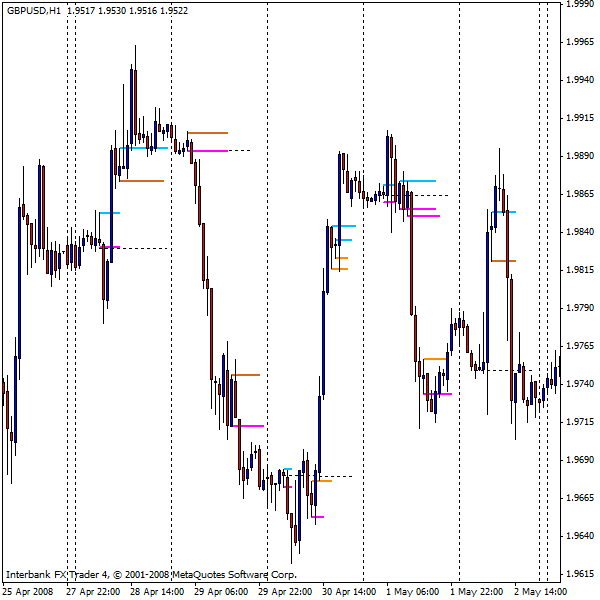
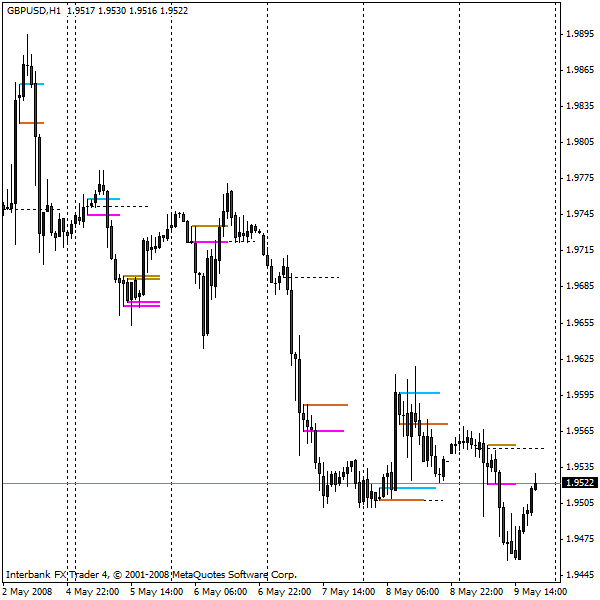
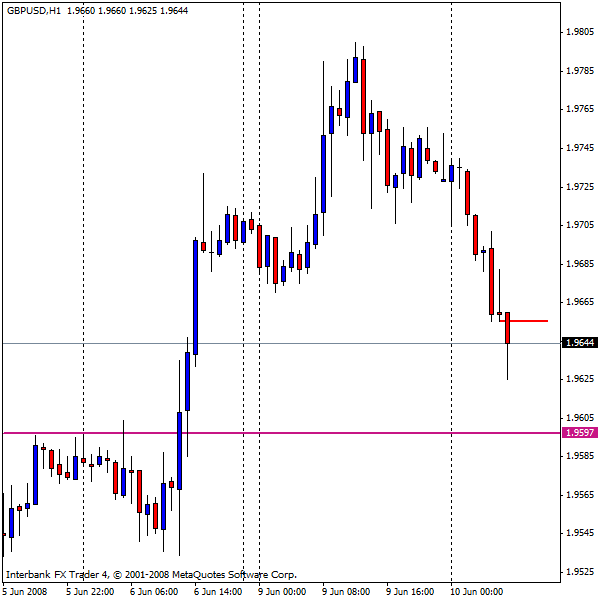
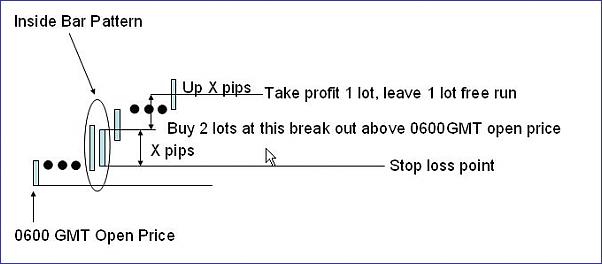
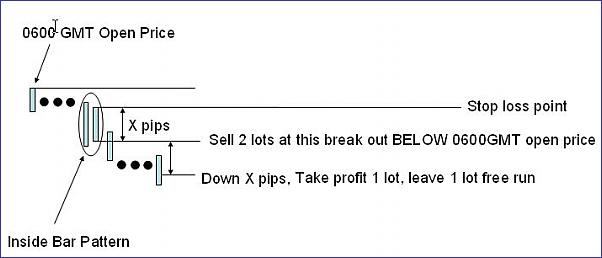
Attached File(s)
Indicators show the past. Price Action "Indicates" the future.
